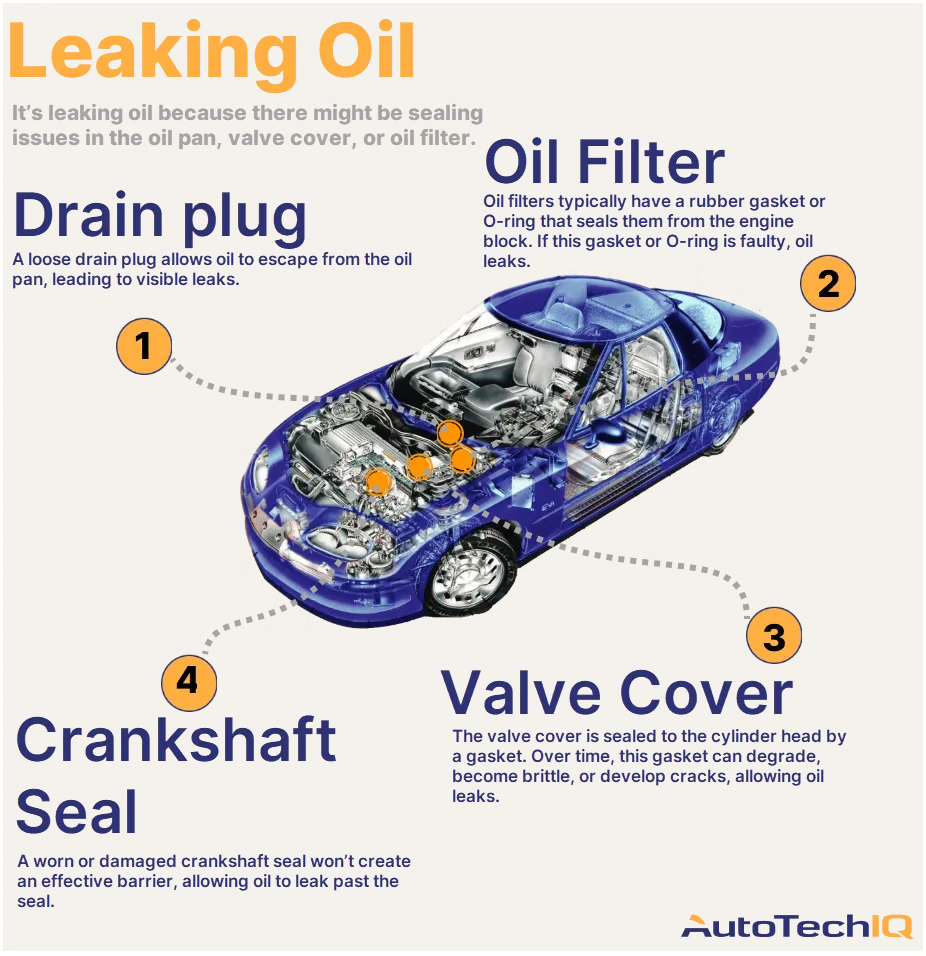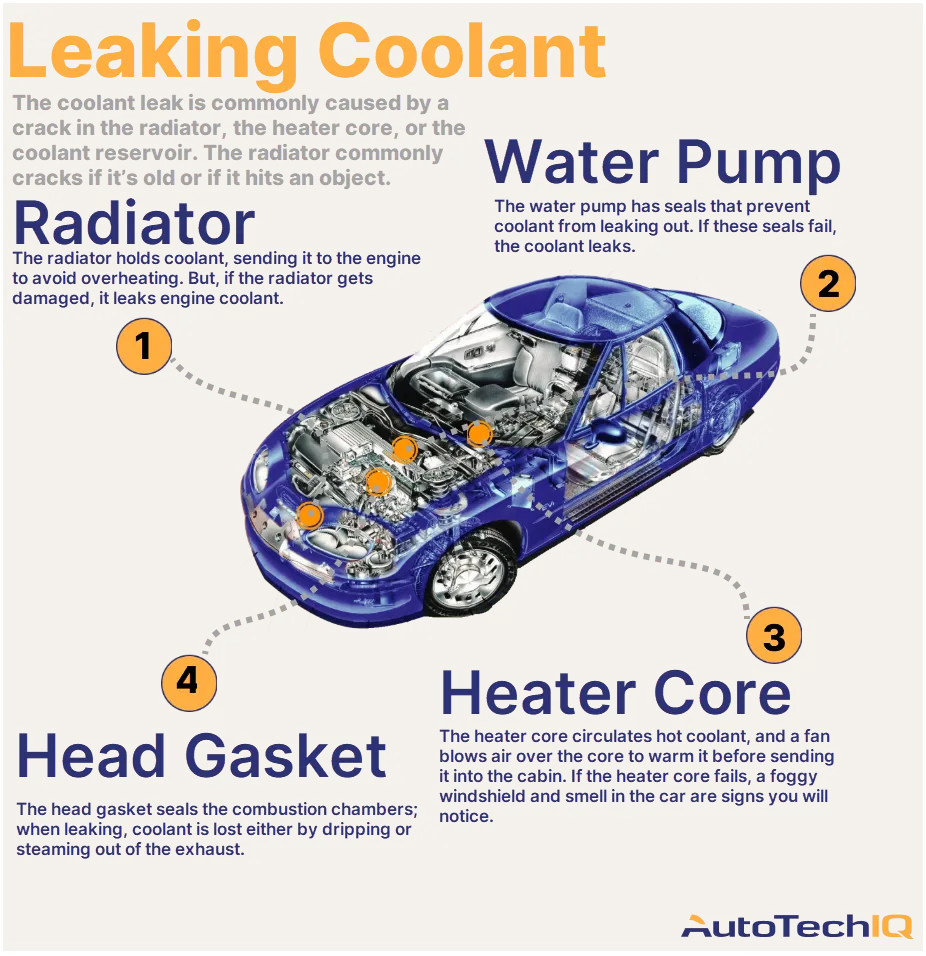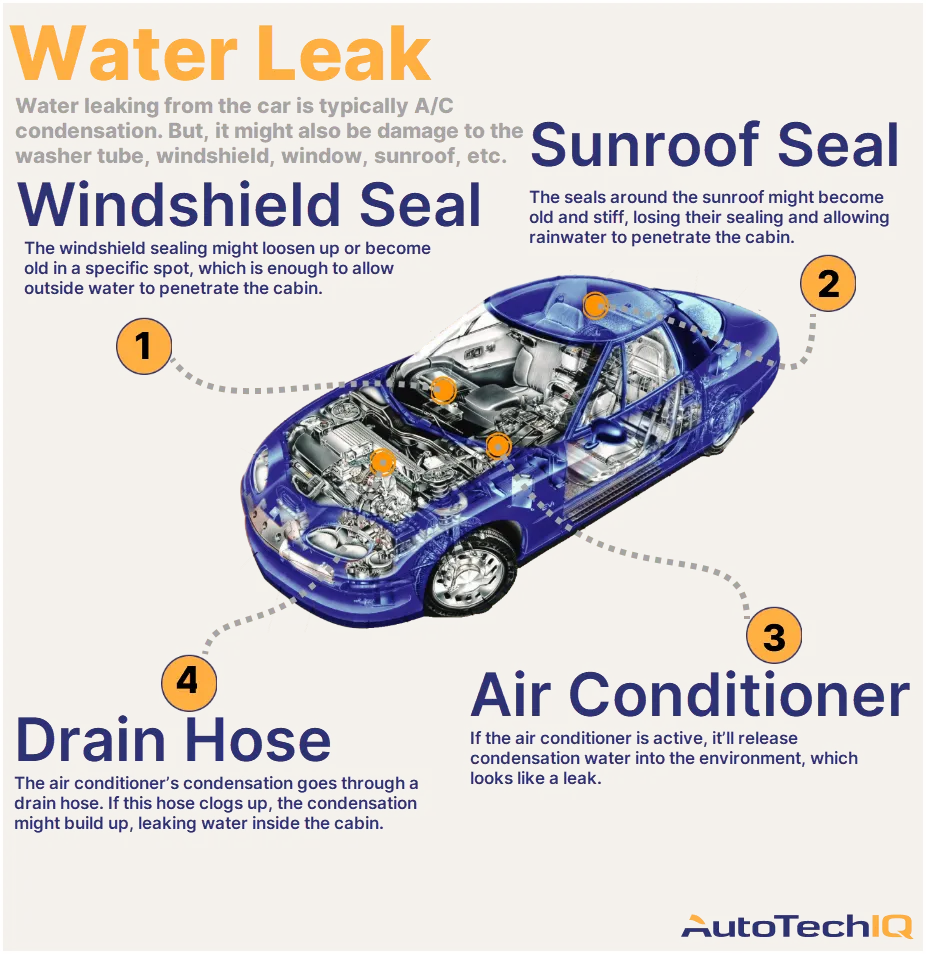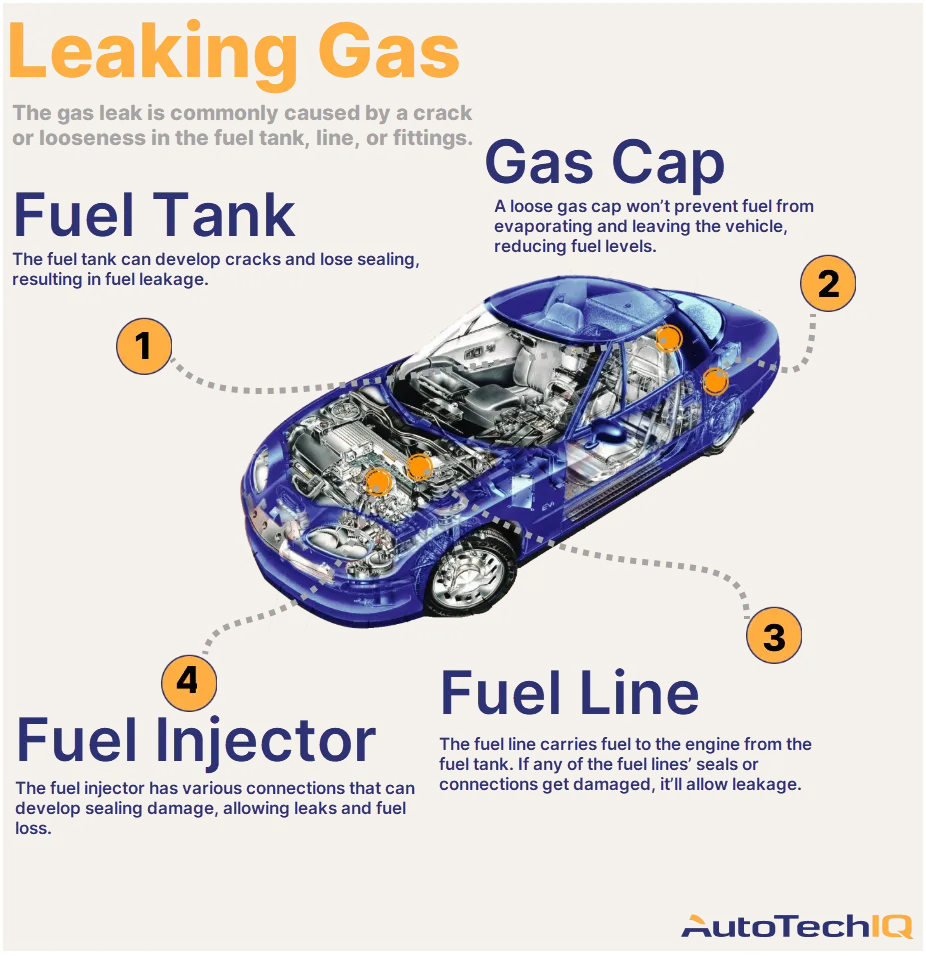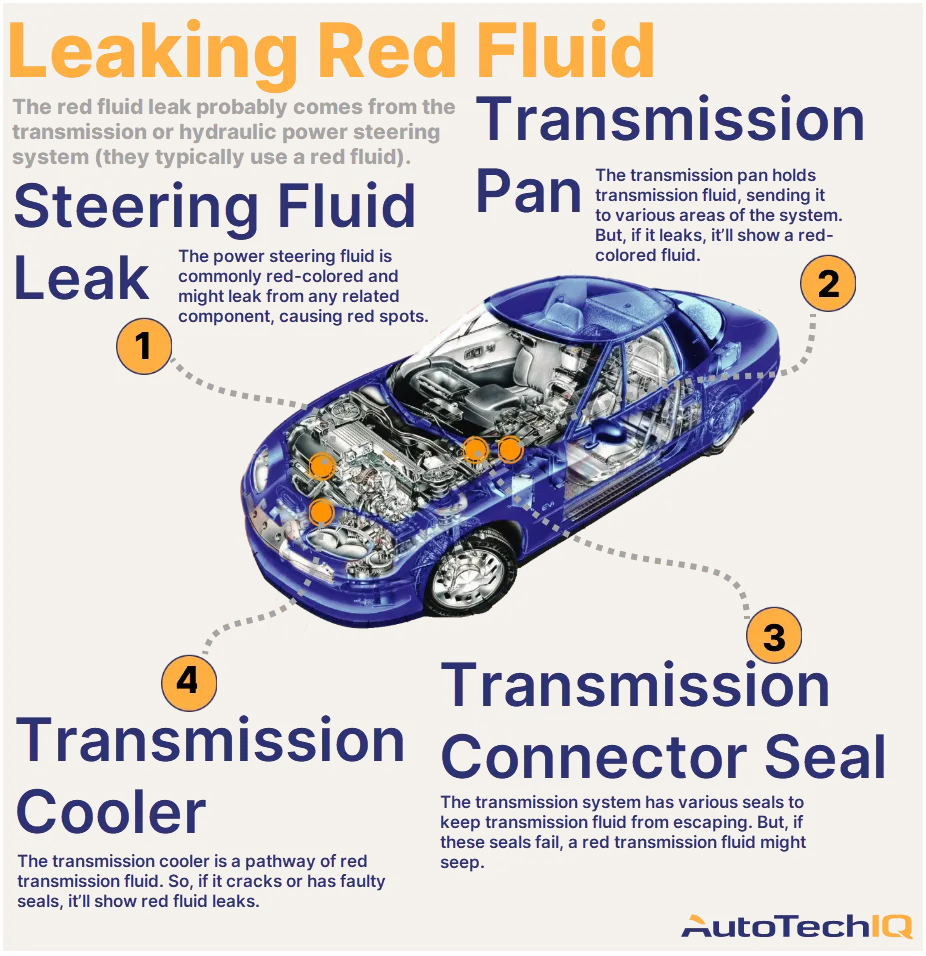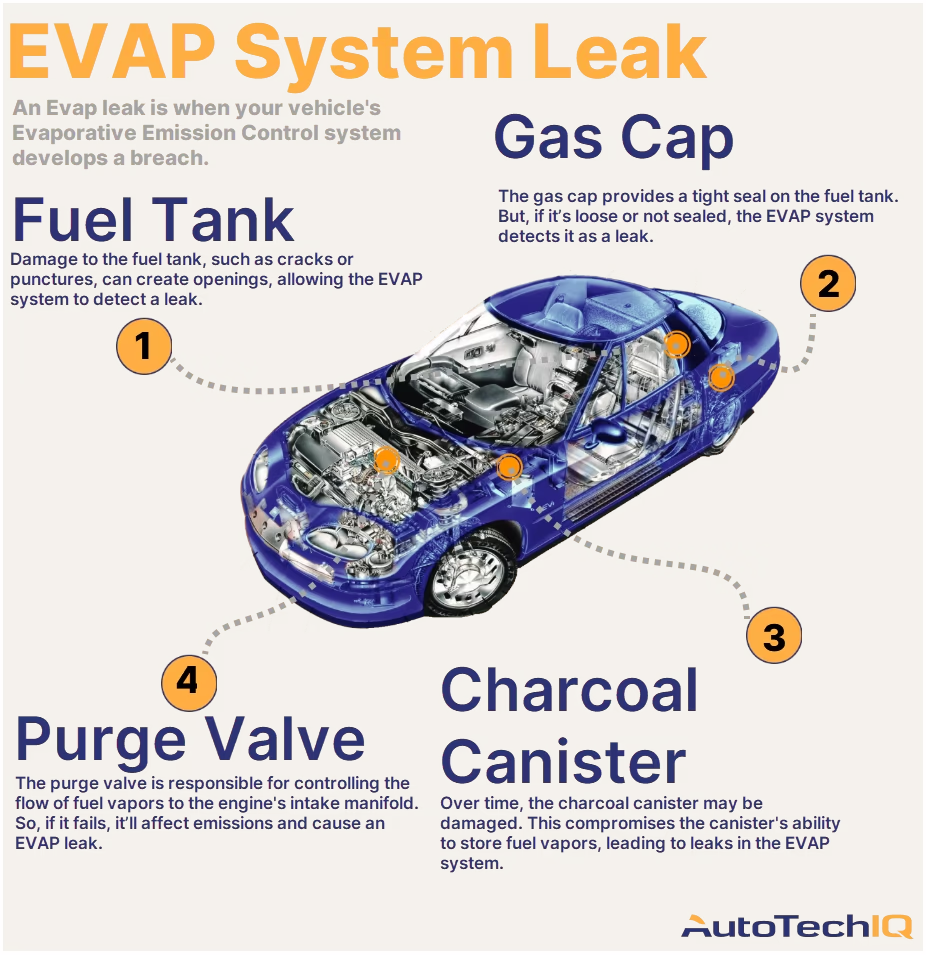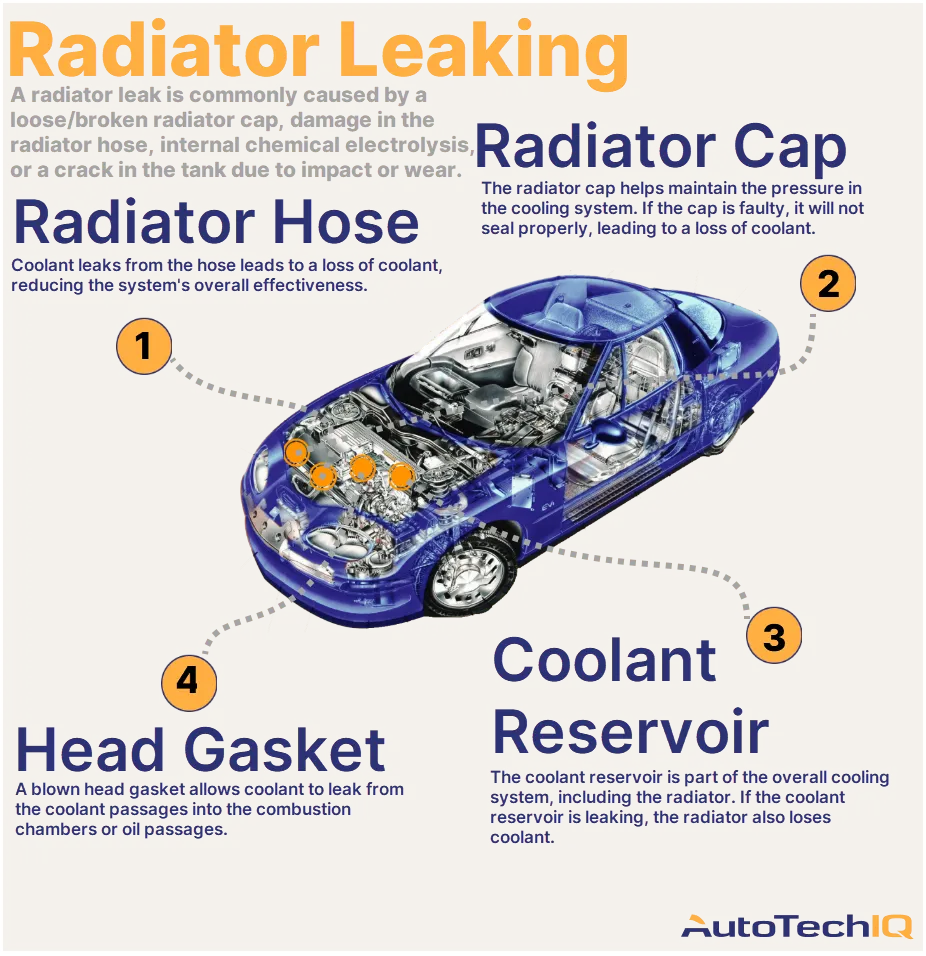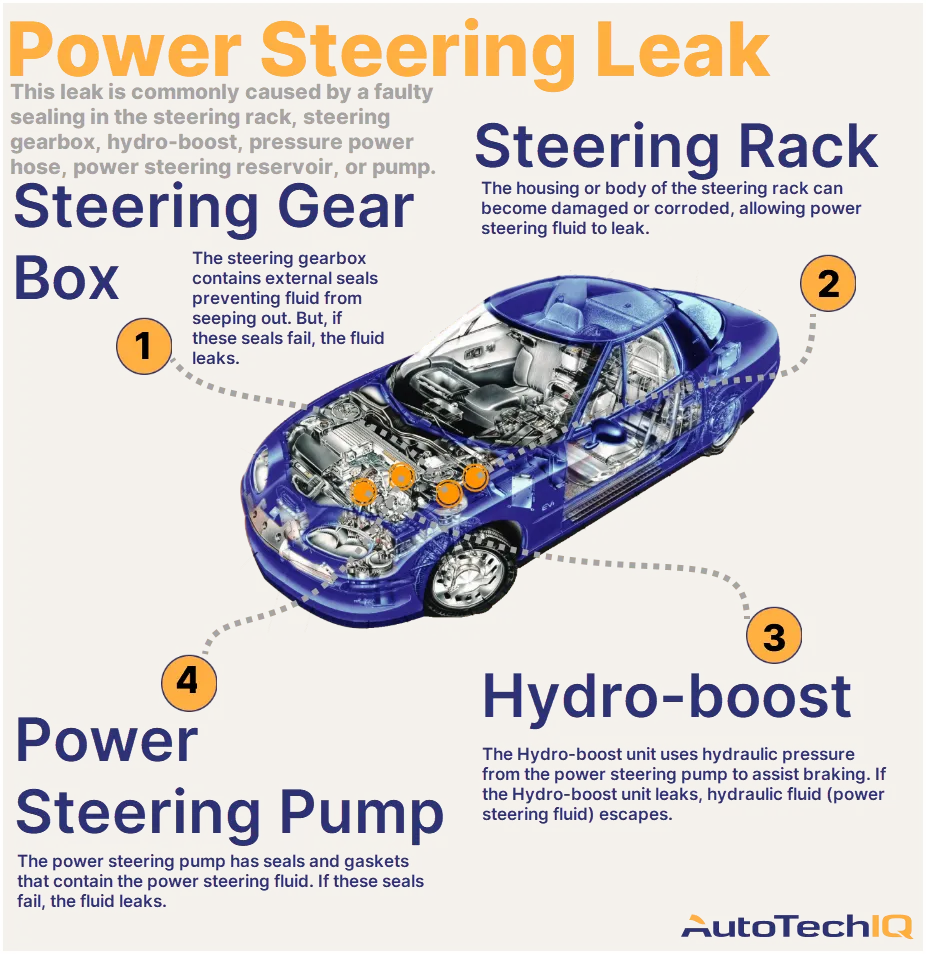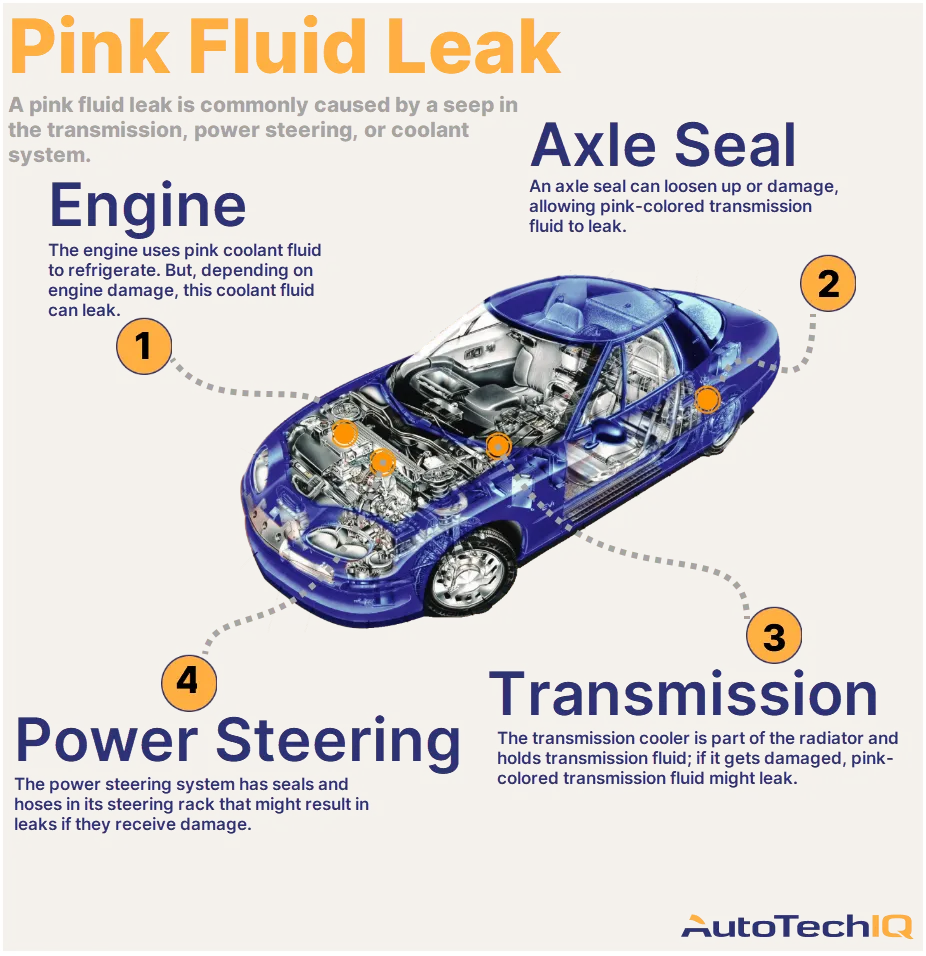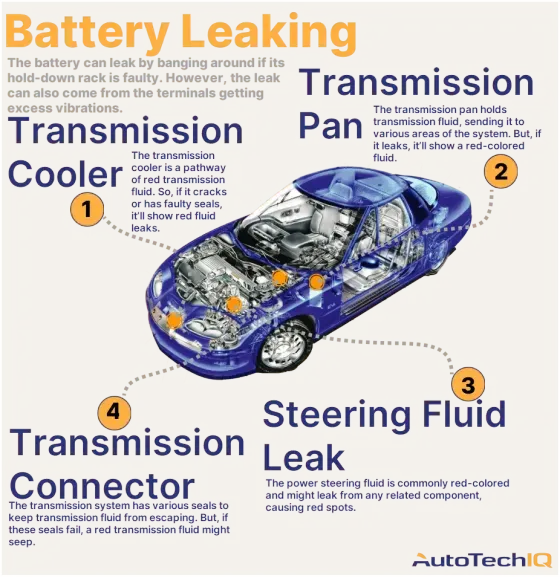
Is Your Car's Battery Leaking?
The battery is leaking because it has been banging on the hold-down rack. In this case, the rack or the battery's support might be loose, causing wobbly movements. However, the leak can also come from the terminals getting excess vibrations. Alternatively, if chemical reactions cause internal shorting, the battery can swell and crack.
Don't let the problem build up. It's always a good idea to seek the advice of an experienced technician to help you diagnose and fix the issue. By addressing the car battery leak early on, you can avoid costly repairs, keep your vehicle in top shape, and have peace of mind knowing you're safe on the road.
Watch out: Don't ignore a leaking car battery! This is a clear warning that your vehicle's roadworthiness is compromised, which could lead to unsafe conditions. It's time to take control and understand what's causing the problem and what you can do about it.

